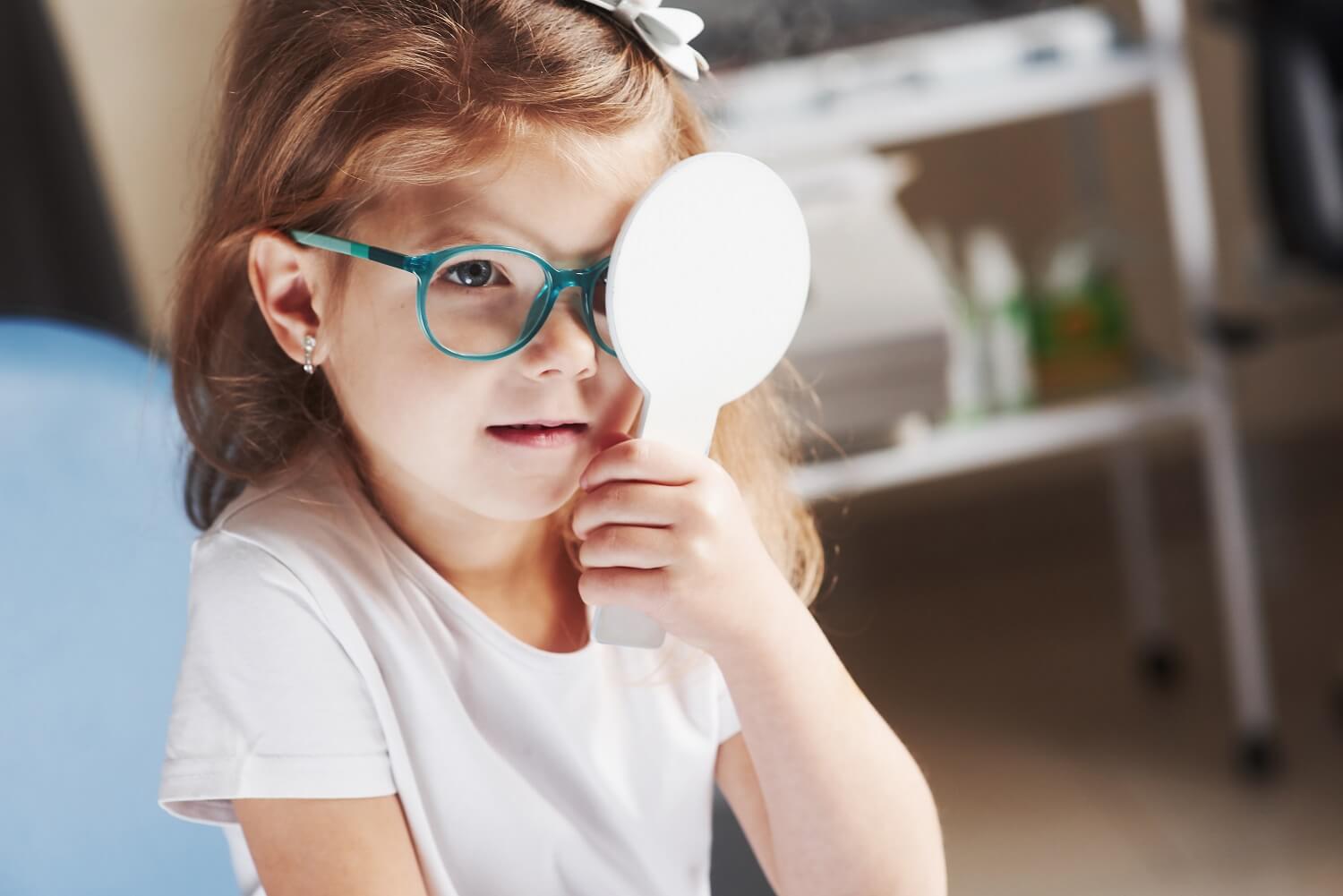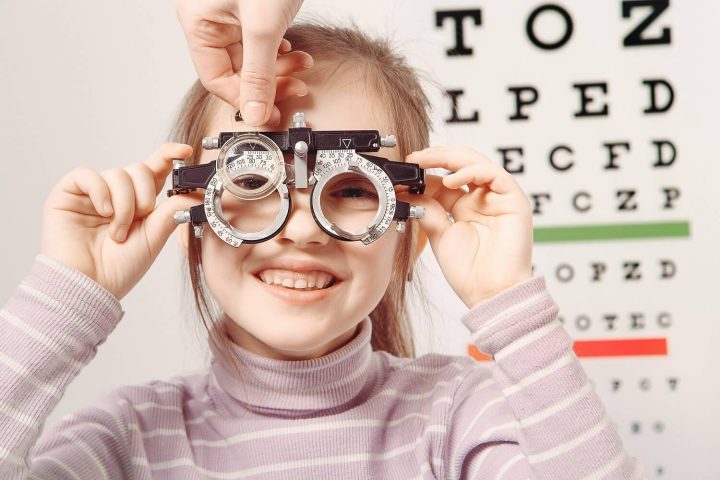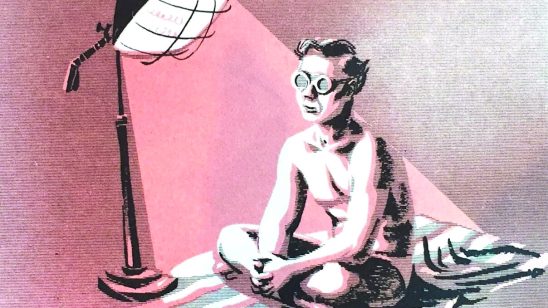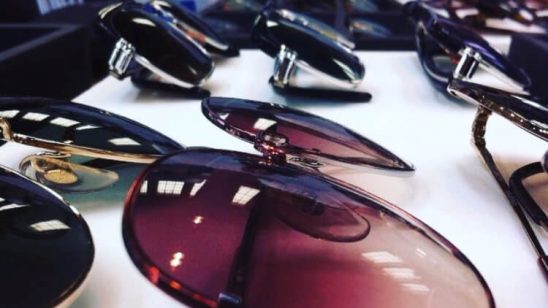The American Public Health Association has estimated that approximately 10% of pre-school children have a visual impairment without complaining about their vision.

Author Anti Seleni, Optometrist at «Opthalmologiko Athinon», Graduate of the department Optics-Optometry Athens University
Good and comfortable eyesight is one of the key elements for smooth integration of children in school. At school, children with a visual impairment are more likely to have extreme responses to their daily activities. Some of the key symptoms that a child may experience and alert parents to possible visual problems are: reading too close to screens or books, complaining of double vision or frequent headaches and dizziness. In addition, he can crub his eyes vigorously, bend without coordinated eye movement or close one eye when he reads and writes.
Even distracted in the classroom and inability to read could be due to a possible eye problem.
The above symptoms could be due to some refractive ametropia (myopia, hyperopia and astigmatism). Because of myopia, children do not clearly distinguish distant objects, sqeezing their eyes to focus. With hyperopia, however, children have difficulty working at the near distance and if they have high hyperopia, they also have blurred vision at distance. Astigmatism, on the other hand, distorts the shape of objects that are far or near distances.
The correction of ametropia is mainly achieved by the use of appropriate corrective glasses.

Amblyopia is another cause for impaired eyesight and difficulty in children’s vision. Early diagnosis will help prevent to the reduction of visual acuity in the weak eye.
Amblyopia is characterized by any condition that results in reduced visual acuity, in one or both eyes, that persists despite the correction of any refractive ametropia where physical examination does not reveal an organic cause.
Amblyopia is due to the fact that at birth, the parts of the brain that serve the function of vision are incomplete and their final structure and function depend on the visual experience. If this interaction is disturbed for any reason, the visual system will atrophy. If left untreated, this visual disability settles in and accompanies the child for the rest of his or her life. The most common causes of amblyopia are strabismus, anisometropia (a large difference in the refractive status of one eye compared to the other), and amorphism that remains unchanged for a long time. The treatment followed for amblyopia is to cover the «good» eye to force the child to use the other eye, thereby providing the appropriate stimulus to improve vision. The use of atropine daily in the eye with normal visual acuity can also be applied to children who do not accept eye occlusion.
The use of corrective glasses is recommended for continuous use.
Strabismus could be another cause. In this case, the ocular muscles are not functioning properly and the optic axes of both eyes are not parallel. Uncorrected severe hyperopia can cause convergent strabismus (adaptive strabismus).
In these cases, correction of hypermetropia with glasses corrects partial or complete strabismus. Frequent treatment options include the use of prismatic lenses, good eye occlusion and surgery.
Another common problem is the lack of convergence. The problem is experienced when children are reading. In looking at distant objects the axes of the eyes are parallel but when they have to focus on a nearby object then they do not converge properly and this is called convergence insufficiency . Children may experience derible vision in their attempt to read, or get tired when reading, lose their place in the text, and complain.
The inability accomodate, that is, to focus close objects for long hours can also cause difficulty in school activities.
Another factor is the inability to perceive colors which occurs more frequently in boys.
Perfect and complete vision should enable the child to see objects clearly at far, medium and close distances with optimum visual acuity. At the same time, the two eyes should work together, with the ideal ophthalmic mobility of muscles without the presence of strabismus.
They should also be aware of the to the perception and recognition of colors. Finally, the perception of objects in space and their perceived distance from the observer, ie stereoscopic vision, is also necessary.

Early diagnosis in children is important for the smooth development of their eyesight of problems. The procedure followed by ophthalmologists or optometrists to diagnose children especially is:
1 Objective examination of the eyes by the use of refractometers.
2 Subjective examination of visual acuity, each eye separately, with the snellen panel at a distance of 6 meters and then unilaterally,thus detecting the possible presence of amblyopia.
3 Check the motility of the ocular muscles to identify possible strabismus.
4 Use of cycloplegic drops that relax adaptation and re-measurement of hyperopia with a shadow. Children up to the age of 10 are recommended to have a cycloplegia retraction. Also in every case of strabismus or amblyopia.
Children cannot easily understand symptoms as they might not understand normal vision. Parents are usually the first to notice that their children do not see objects clearly. They see them squinting or closing their eyes.
Other symptoms are headaches, tiredness and eyeimitations.
In the case of degenerative lesions there might be a sharp decrease in visual acuity. Myopia is often hereditary, but may also be due to other factors such as the intense use of electronic devices. It is also often observed that from childhood to adolescence, myopia usually worsens during the growth spurt and stabilizes when physical development is complete.
The key criteria for achieving comfortable pre-school vision:
NEAR-SIGHT: Clearly view objects at to 30 cm
INTERMEDITE -FAR VISION: Clearly see and recognize objects over 40 cm in height
NORMAL VISUAL ACUITY: in young people 8/10-10/10
BINOCULAR VISION: The cooperation of the two eyes to focus both on the same object and to change the focus from distant to near objects with smooth movements, that is, to work in unison.
COLOR PERCEPTION: Binocular symmetry in Color perception and Objective Examination with Ishihara Color Tables.
EYE MOVEMENT SKILL: Smooth and precise movement of the ophthalmic muscles of the two eyes as they move from one position to another.
PERIPHERAL VISION: Ability to perceive objects that are around or next to him while his eyes are focused straight ahead (visual field examination).
Bibliography:
1)Δαμανάκης Α.Γ (2011) «Διάθλαση» εκδόσεις Π.Χ Πασχαλίδης Α.Ε. 2) Φωτεινάκης Β., Πατέρας Ε., Χανδρινός Αρ., (2000), «Κλινική Διάθλαση», Ίων εκδόσεις Έλλην 3) Bateerbury M. , Bowling B, Murphy C. , «Οφθαλμολογία» επιμέλεια ελλήνικής έκδοσης Γαρταγάνης Σ. (2009) , επιστημονικές εκδόσεις Παρισιανού 4) Κατσούλος Κ., Ασημέλλης Γ., (2008), «Η σύγχρονη διαθλαστική εξέταση», Εκδόσεις Σύγχρονη Γνώση






